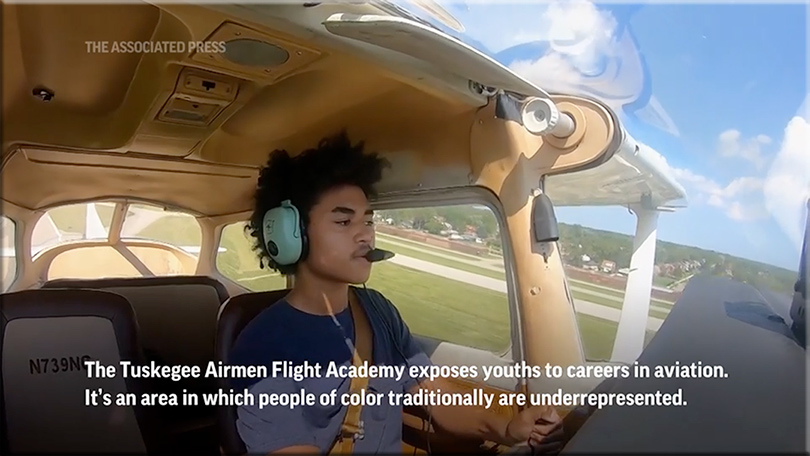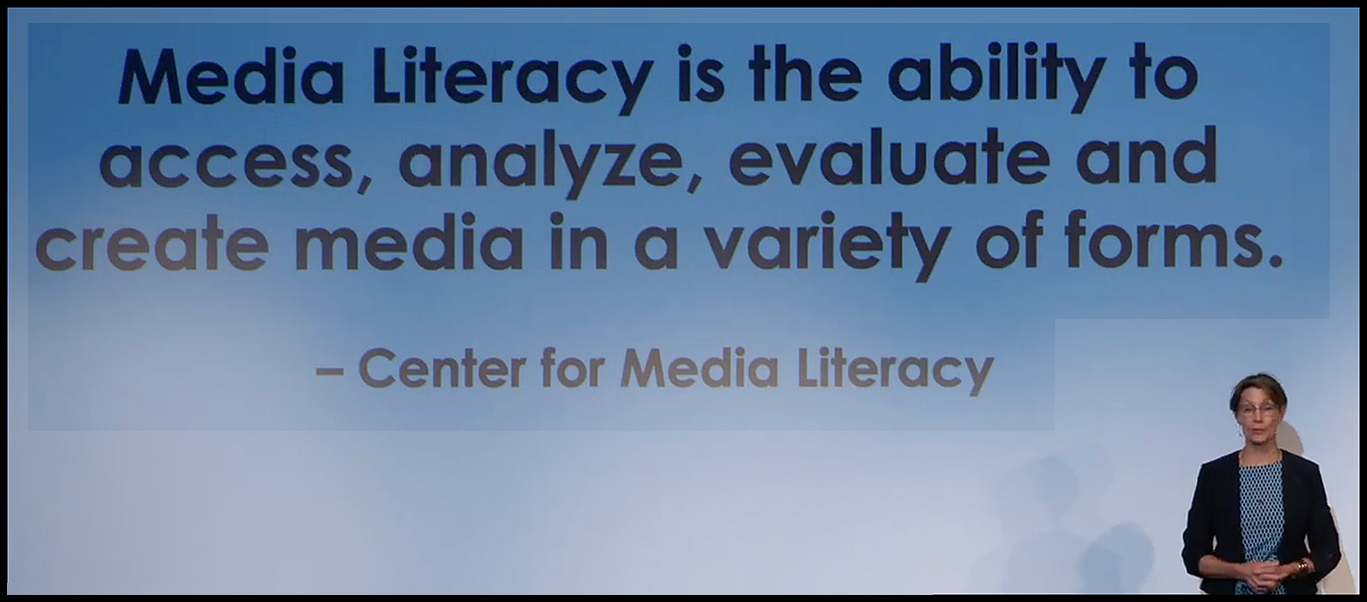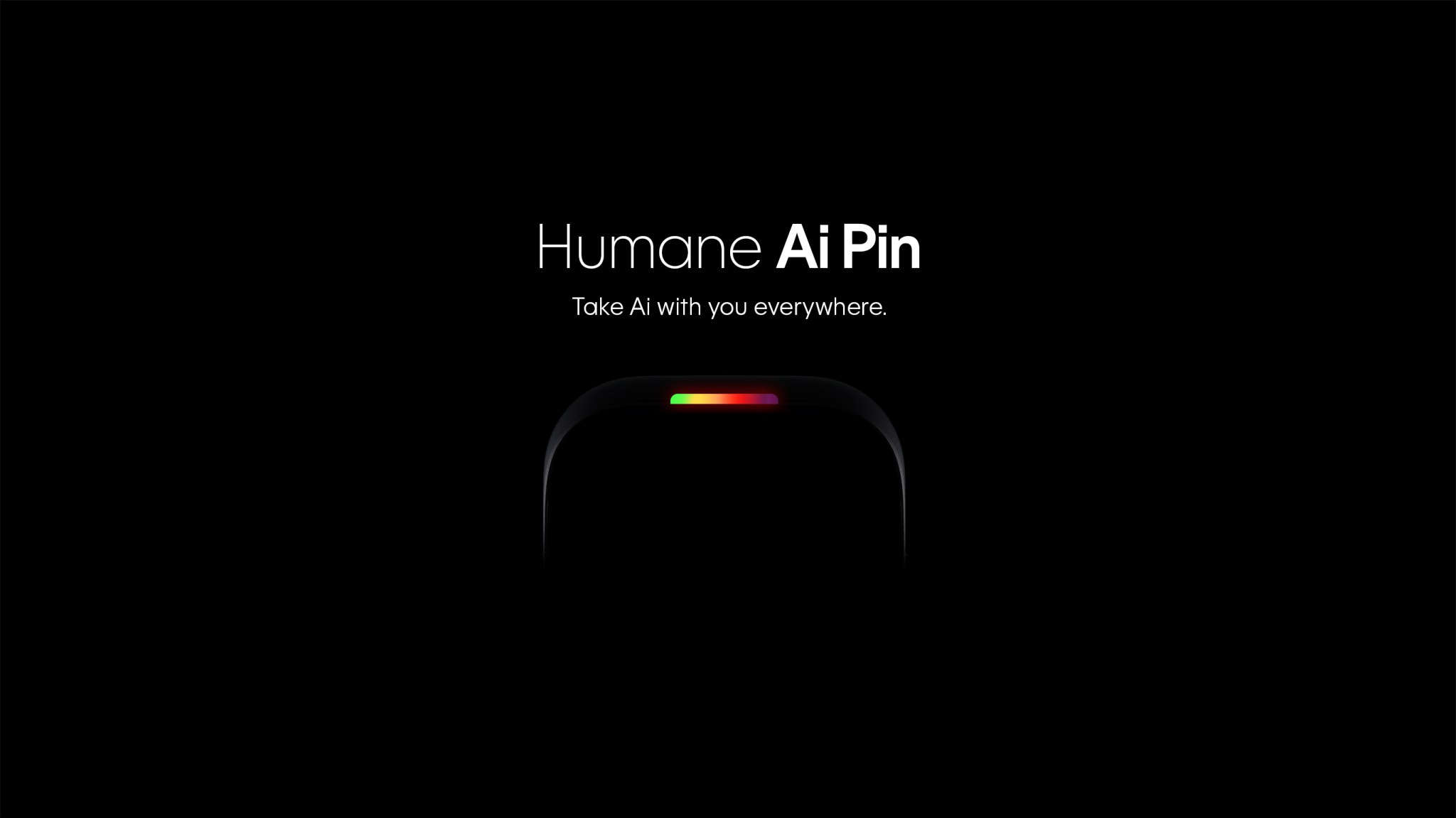Black teens learn to fly and aim for careers in aviation in the footsteps of Tuskegee Airmen — from apnews.com by Corey Williams and Mike Householder; via Matthew Tower
Corporate America Promised to Hire a Lot More People of Color. — from bloomberg.com
It Actually Did.
The year after Black Lives Matter protests, the S&P 100 added more than 300,000 jobs — 94% went to people of color.
The overall job growth included 20,524 White workers. The other 302,570 jobs — or 94% of the headcount increase — went to people of color.
…
But the trend continued up the job ladder in top, high-paid jobs, too: Companies increased their racial diversity among executives, managers and professionals.
For another item relevant to career development, see:
Why Christians need to support diversity professionals, not demonize them — from religionnews.com by Michelle Loyd-Paige
Even among Christians, DEI leaders find themselves isolated and unsupported.
For nearly 39 years, I have taught about and advocated for diversity, equity, inclusion, anti-racism and social justice in Christian contexts. I have been sustained by the knowledge that diversity is a part of God’s good creation and is celebrated in the Bible.
And not just diversity, but love for our neighbors, care for the immigrant, and justice for the marginalized and oppressed. In fact, the Hebrew and Greek words for justice appear in Scripture more than 1,000 times.
It could be argued that Jesus’ ministry on earth exemplified the value of diversity, the importance of inclusion and the obligation of justice and restoration. Our ministry — in schools, churches, business, wherever we find ourselves — should reflect the same.
From DSC:
I was at Calvin (then College) when Michelle was there. I am very grateful for her work over my 10+ years there. I learned many things from her and had my “lenses” refined several times due to her presentations, questions, and the media that she showed. Thank you Michelle for all of your work and up-hill efforts! It’s made a difference! It impacted the culture at Calvin. It impacted me.
The other thing that hepled me in my background was when my family moved to a much more diverse area. And I’ve tried to continue that perspective in my own family. I don’t know half of the languages that are spoken in our neighborhood, but I love the diversity there! I believe our kids (now mostly grown) have benefited from it and are better prepared for what they will encounter in the real world.
A Guide to Finding Housing For The Previously Incarcerated — from todayshomeowner.com by Alexis Bennett & Alexis Curls
For many individuals stepping back into society after incarceration, finding a stable place to call home can be complicated. The reality is that those who have been previously incarcerated are almost 10 times more likely to face homelessness compared to the general public. With over 725,000 people leaving state and federal prisons each year, the quest for housing becomes not only a personal challenge but a broader societal concern. Stable housing is crucial for successful reintegration, providing a foundation for building a new chapter in life. In this article, we’ll shed light on the challenges and offer empowering resources for those on their journey to find housing after prison.
Table of Contents
- Understanding the Housing Landscape
- Utilizing Support Services
- Creating a Housing Plan
- Securing and Maintaining Housing
- Continuing Personal Growth and Reintegration
- Conclusion
From DSC:
I’m posting this in the hopes that this information may help someone out there. Also, my dad used to donate some of his time in retirement to an agency that helped people find housing. He mentioned numerous times how important it was for someone to have a safe place to stay that they could call their own.
In solitary confinement, your neighbors are your teachers. — from opencampusmedia.org by Charlotte West
Kwaneta Harris, who is incarcerated in Texas, writes about helping the young women who live next to her in solitary confinement learn how to read. This essay was co-published with Slate.
San Quentin is helping men prepare for jobs outside — from college-inside.beehiiv.com by Charlotte West
I visited Employer Day at San Quentin, where 30 incarcerated men sit down with Bay Area employers and apply what they learned during a four-month job readiness program.
Job interviews can be daunting, especially if you’ve never done one before. But even more so if you’ve been incarcerated. I visited Employer Day at San Quentin in March to learn more.
Post-prison job training — hechingerreport.org by Olivia Sanchez and Tara García Mathewson
We’ve known for a long time that higher education can play a huge role in helping people who serve time in prison get back on their feet. Research shows that higher-ed attainment is directly correlated with a lower likelihood of being reincarcerated, as is stable employment.
But people getting out of prison face many obstacles in finding jobs, and lack of educational opportunities is just part of the issue. A patchwork of more than 14,000 federal, state and local laws and regulations restricts individuals who have arrest and conviction histories from getting licensed in certain fields. Here’s some of what my reporting found about how pervasive this problem is and why it matters:
From DSC:
The Bible talks about listening quite frequently. The authors ask people to listen to what is being communicated.
Proverbs 16:20
Whoever gives heed to instruction prospers,
and blessed is the one who trusts in the Lord.
Unfortunately, it often involves people NOT listening to the LORD and/or to others and, instead, going their/our own way. In my own life, things don’t go so well when I do that. I think the same is true on a more general/corporate level as well.
For example, Israel in ancient days thought and behaved this way too. Read 1 Kings and 2 Kings to see what I mean. They didn’t listen to the LORD. They didn’t listen to instruction. They thought they knew it all. They didn’t give credit to Whom credit was due. They made up their own gods and worshipped the things that they created.
The LORD wanted to bless them — and us. But they didn’t — and we still don’t — want to listen and submit to His will at times (even though His will is meant to BLESS US).
I used to see the LORD looking down from heaven, with a stern or disappointed look on His face. He was tapping His foot, and had His arms folded. I imagined Him saying, “Daniel, get your stuff together!!!” I didn’t see Him as being on my team.
Through the years He has shown me that He IS on my team and that He is active in my heart, mind, and life. He is full of grace, truth, patience, forgiveness, vulnerable love, and wisdom. He’s awesome. I love Him and His ways — but that’s taken me decades to be able to say that.
He wants what is best for us. He gave us gifts and wants us to use those gifts to serve others.
Introducing Superalignment — from openai.com
We need scientific and technical breakthroughs to steer and control AI systems much smarter than us. To solve this problem within four years, we’re starting a new team, co-led by Ilya Sutskever and Jan Leike, and dedicating 20% of the compute we’ve secured to date to this effort. We’re looking for excellent ML researchers and engineers to join us.
Excerpts (emphasis DSC):
How do we ensure AI systems much smarter than humans follow human intent?
…
Currently, we don’t have a solution for steering or controlling a potentially superintelligent AI, and preventing it from going rogue. Our current techniques for aligning AI, such as reinforcement learning from human feedback, rely on humans’ ability to supervise AI. But humans won’t be able to reliably supervise AI systems much smarter than us, and so our current alignment techniques will not scale to superintelligence. We need new scientific and technical breakthroughs.
…
Our goal is to build a roughly human-level automated alignment researcher. We can then use vast amounts of compute to scale our efforts, and iteratively align superintelligence.
From DSC:
Hold up. We’ve been told for years that AI is at the toddler stage. But now assertions are being made that AI systems are smarter than humans — much smarter even. That said, then why is the goal of OpenAI to build a roughly human-level automated alignment researcher if humans aren’t that smart after all…? Which is it? I must be missing or misunderstanding something here…
OpenAI are jumping back on the alignment bandwagon with the brilliantly-named Superalignment Team. And you guessed it – they’re researching alignment of future superintelligent AIs. They reckon that AI can align other AI faster than humans can, and the plan is to build an AI that does just that. Head-spinning stuff…
Ben’s Bites
Plus…
Who else should be on this team? We certainly don’t want a team comprised of just technical people. How about including rabbis, pastors, priests, parents, teachers, professors, social workers, judges, legislators, and many others who can help represent other specialties, disciplines, and perspectives to protect society?
Authors file a lawsuit against OpenAI for unlawfully ‘ingesting’ their books — from theguardian.com by Ella Creamer; via Ben’s Bytes
Mona Awad and Paul Tremblay allege that their books, which are copyrighted, were ‘used to train’ ChatGPT because the chatbot generated ‘very accurate summaries’ of the works
.
How AI is Transforming Workplace Architecture and Design — from workdesign.com by Christian Lehmkuhl
London Futurists | Generative AI drug discovery breakthrough, with Alex Zhavoronkov — from londonfuturists.buzzsprout.com
Alex Zhavoronkov is our first guest to make a repeat appearance, having first joined us in episode 12, last November. We are delighted to welcome him back, because he is doing some of the most important work on the planet, and he has some important news.
In 2014, Alex founded Insilico Medicine, a drug discovery company which uses artificial intelligence to identify novel targets and novel molecules for pharmaceutical companies. Insilico now has drugs designed with AI in human clinical trials, and it is one of a number of companies that are demonstrating that developing drugs with AI can cut the time and money involved in the process by as much as 90%.
Watch This Space: New Field of Spatial Finance Uses AI to Estimate Risk, Monitor Assets, Analyze Claims — from blogs.nvidia.com
When making financial decisions, it’s important to look at the big picture — say, one taken from a drone, satellite or AI-powered sensor.
The emerging field of spatial finance harnesses AI insights from remote sensors and aerial imagery to help banks, insurers, investment firms and businesses analyze risks and opportunities, enable new services and products, measure the environmental impact of their holdings, and assess damage after a crisis.
Secretive hardware startup Humane’s first product is the Ai Pin — from techcrunch.com by Kyle Wiggers; via The Rundown AI
Excerpt:
Humane, the startup launched by ex-Apple design and engineering duo Imran Chaudhri and Bethany Bongiorno, today revealed details about its first product: The Humane Ai Pin.
…
Humane’s product, as it turns out, is a wearable gadget with a projected display and AI-powered features. Chaudhri gave a live demo of the device onstage during a TED Talk in April, but a press release issued today provides a few additional details.
He Spent $140 Billion on AI With Little to Show. Now He Is Trying Again. — from wsj.com by Eliot Brown; via Superhuman
Billionaire Masayoshi Son said he would make SoftBank ‘the investment company for the AI revolution,’ but he missed out on the most recent frenzy
“Stunning”—Midjourney update wows AI artists with camera-like feature — from arstechnica.com by Benj Edwards; via Sam DeBrule from Machine Learnings
Midjourney v5.2 features camera-like zoom control over framing, more realism.
What is AIaaS? Guide to Artificial Intelligence as a Service — from eweek.com by Shelby Hiter
Artificial intelligence as a service, AIaaS, is an outsourced AI service provided by cloud-based AI providers.
AIaaS Definition
When a company is interested in working with artificial intelligence but doesn’t have the in-house resources, budget, and/or expertise to build and manage its own AI technology, it’s time to invest in AIaaS.
Artificial intelligence as a service, or AIaaS, is an outsourced service model AI that cloud-based companies provide to other businesses, giving them access to different AI models, algorithms, and other resources directly through a cloud computing platform; this access is usually managed through an API or SDK connection.
The Rise of the AI Engineer — from latent.space
Boost ChatGPT with new plugins — from wondertools.substack.com by Jeremy Caplan
Wonder Tools | Six new ways to use AI
.
A series re: AI from Jeff Foster out at ProvideoCoalition.com
- AI Tools Part 1: Why We Need Them
- AI Tools Part 2: A Deeper Dive
- AI Tools Part 3: The Current State of Generative AI Tools
The AI upskilling imperative to build a future-ready workforce — from businessinsider.com
Excerpts:
Skill development has always been crucial, but recent technological advancements have raised the stakes. We are currently in the midst of the fourth industrial revolution, where automation and breakthroughs in artificial intelligence (AI) are revolutionising the workplace. In this era of quick change and short half-life of skills, upskilling shouldn’t be an afterthought. Instead, reskilling and upskilling have to evolve into requirements for effective professional development.
To understand the significance of upskilling for your career trajectory, it is important to recognise the ever-evolving nature of technology and the rapid pace of digital transformation. Business Insider India has been exploring how businesses and thought leaders are driving innovation by educating their staff on the technologies and skills that will shape the future.
Supreme Court makes its historic ruling in affirmative action cases — from hechingerreport.org by Olivia Sanchez
Court rules that these policies violate the equal protection clause of the 14th amendment
Ever since the Supreme Court announced last year that it would rule on two cases involving affirmative action in college admissions, the world of higher education has been anxiously awaiting a decision. Most experts predicted the court would eventually forbid the use of race as a factor in admissions decisions, and colleges and advocates have been scrambling to prepare for that new world.
On Thursday, the Supreme Court met those expectations, ruling that the consideration of race in college admissions is unconstitutional.
Supreme Court rules against race-conscious admissions at Harvard and UNC-Chapel Hill — from highereddive.com by Jeremy Bauer-Wolf
The opinion issued Thursday was unsurprising for college access advocates who had nonetheless urged the high court to keep with decades of precedent.
The U.S. Supreme Court ruled Thursday that race-conscious admissions practices at Harvard University and the University of North Carolina at Chapel Hill are unconstitutional, shattering decades of legal precedent and upending the recruitment and enrollment landscape for years to come.
Supreme Court rejects race-based affirmative action in college admissions — from washingtonpost.com by Robert Barnes
The Supreme Court on Thursday held that race-conscious admissions programs at Harvard and the University of North Carolina violate the Constitution’s guarantee of equal protection, a historic ruling that rolls back decades of precedent and will force a dramatic change in how the nation’s private and public universities select their students.
U.S. Supreme Court Strikes Down Race-Conscious Admissions Nationwide — from chronicle.com by Andy Thomason and Sarah Brown
The U.S. Supreme Court on Thursday struck down colleges’ use of race-conscious admissions nationwide, ruling in a pair of closely watched cases that the practice is racially discriminatory.
Writing for the court’s majority, Chief Justice John G. Roberts Jr. said that policies that claim to consider an applicant’s race as one factor among many are in fact violating the equal-protection clause of the 14th Amendment to the U.S. Constitution.
Pioneering Advanced Math from Behind Bars Math research gives meaning to years spent in prison — from scientificamerican.com by Amory Tillinghast-Raby
Excerpt:
Now a nonprofit co-founded by Havens has invented a computational programming platform built around one of the few technologies that people in prison do have access to: highly restricted, text-only e-mail. And as this facility begins to offer new opportunities, more and more incarcerated people are working on advanced mathematics to give meaning to their years behind bars.
















